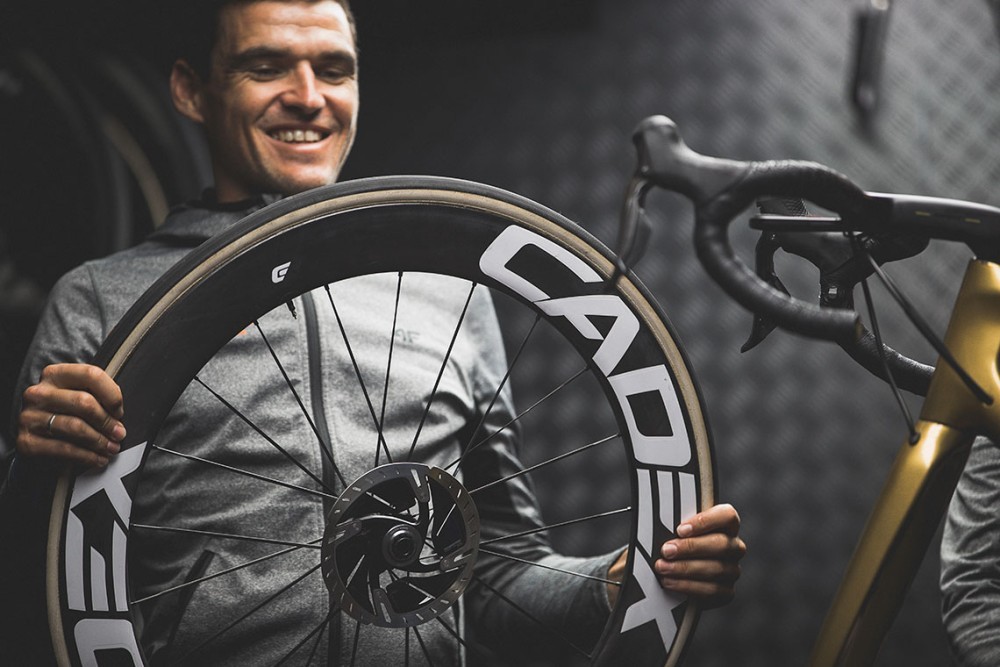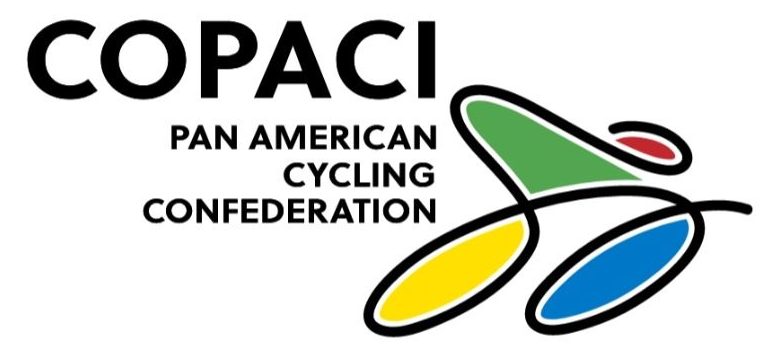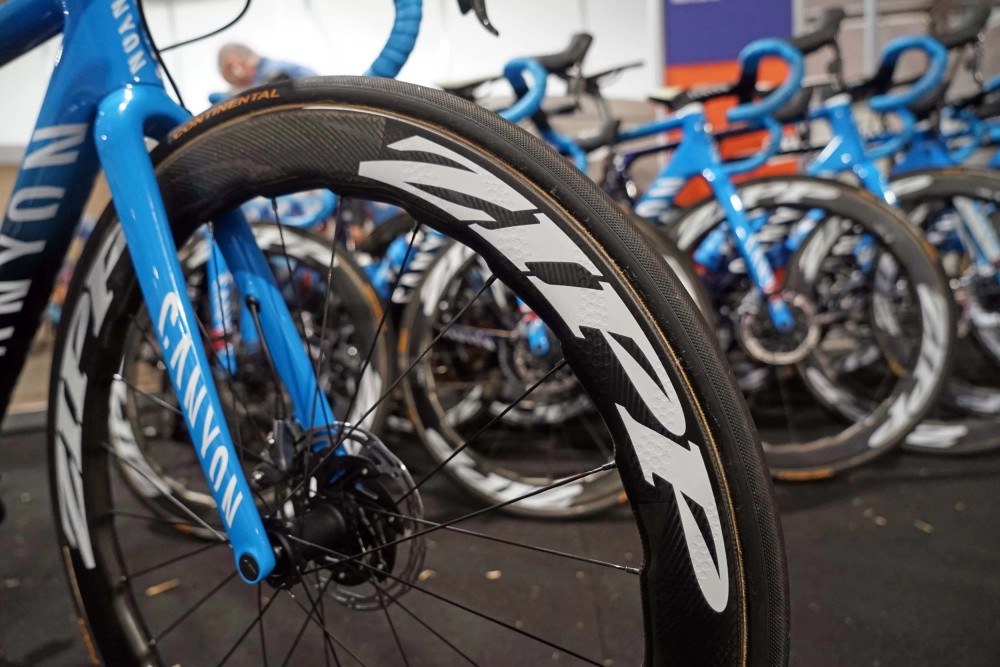The UCI is taking the first steps to clarify the suitability and safety of hookless tires. The top governing body urges teams, commissaires and riders in the peloton to report any incidents related to hookless tires and sets medium- and long-term goals to guide the direction of future decisions.
The hookless tire debate has shaken cycling in recent weeks and has made headlines around the world. Incidents at the Strade Bianche and the UAE Tour – when Adam Hansen, president of the Professional Cyclists’ Association, blamed them for Thomas de Gendt’s crash – sparked a wave of concern among some industry players. Doubts put safety at the center of criticism, while manufacturers raised their voices and defended themselves.
The UCI decided to take matters into its own hands and at the beginning of the month explained that it was looking into the issue. Several weeks later, it is now releasing a communiqué in which it sets short, medium and long-term objectives to resolve all the concerns unleashed by hookless rims.
First, in the short term, it asks teams, commissaires and riders to report any incidents related to this type of tire. In addition, it recalls the requirements set out in the UCI Technical Regulations for compliance with ISO standards, which “provide a framework for the compatibility of tire and rim widths on bicycles.”
The letter warns that these standards have not always been respected and leaves the door open that this may have contributed to some of the incidents that have occurred. However, it also acknowledges that compliance with ISO standards is hampered by the fact that manufacturers base their tire and rim compatibility recommendations on recommendations provided by the European Tyre and Rim Technical Organization (ETRTO), which do not always coincide with ISO standards.
In the medium term, the UCI has already commissioned SafeR – a newly created entity dedicated to safety – to work with all stakeholders – teams, riders and industry – to “explore possible improvements and clarifications” regarding the use of hookless rims with tubeless tires of relevant interest to incorporate into the UCI Regulations.

These recommendations will be considered for implementation in 2025 and will feed into the UCI’s already mentioned immediate objective: feedback from teams, commissaires and riders on any incidents related to hookless tires.
Finally, in the long term, the UCI will carry out an in-depth analysis of the adequacy of the current requirements for the use of different types of equipment in competition – in particular wheels. The objective will be to ensure that these requirements guarantee the safety of riders, are adapted to professional cycling and do not depend – exclusively or mostly – “on the diligence and internal processes of manufacturers”.
Source: www.brujulabike.com

